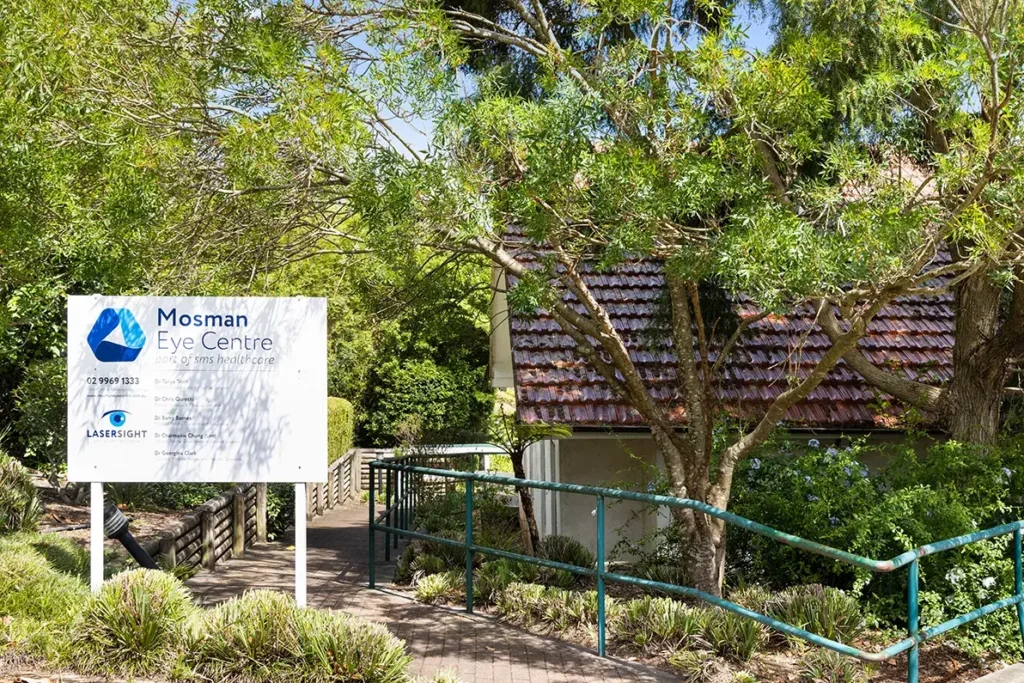Who is suitable for Orbit Tumour surgery?
There are benign growths of the orbit that often have characteristic appearances on imaging (CT or MRI scans), if the orbital tumour is thought to be benign, is not growing on serial scans and not causing any symptoms or visual disturbance then it may be reasonable just to monitor the mass and not operate. This is especially a prudent option when the mass is in a technically difficult spot to reach surgically or surgery puts the optic nerve at significant risk.
What does the treatment involve?
The type of surgery required depends on position of the tumour within the orbit and in relation to the optic nerve and eyeball.
If the tumour is behind the eye in order to remove it without stretching the optic nerve which is attached to the back of the eyeball, part of the bone of the orbit rim is removed to gain access to the tumour. Usually the skin incision in the crease of the upper eyelid and so scars left are minimal. At the end of the procedure the bone is secured back in place.
Structures neighbouring the orbit include the brain and sinuses, Dr Richard Parker has a special interest in the endoscopic access to the orbit. He is a member of the skull base unit at the Macquarie Unit Hospital allowing discussion of cases at regular multi-disciplinary unit meetings as well as operating with specialist colleagues in general plastics, ENT and neurosurgery.
How will I look immediately after surgery?
This will depend on the surgery required. Occasionally a small drain from the wound is required necessitating 1-2 days in hospital until the drain can be removed.
Swelling and bruising can last 1-2 weeks.
What is the recovery time?
Most patients will take 1 week off work. Physical activity in the first week should be minimal and then building up to a normal level over the following two weeks.
What are the risks?
Orbit surgery carries risk of loss of vision, double vision or change in the eyelid position. The relative risk will depend on the position of the tumour within the orbit.
Most cases are performed under general anaesthesia which carry separate risks.
Risks will be discussed at your consultation.
Is there anyone who shouldn't have this surgery?
Usually the procedures are performed under a general anaesthetic so unless there is a specific contraindication most patients are able to have this surgery.





